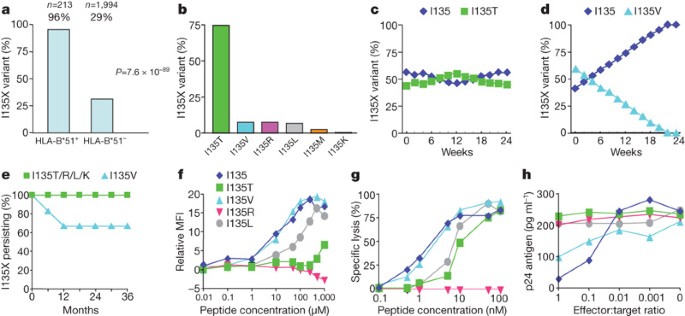- Select a language for the TTS:
- UK English Female
- UK English Male
- US English Female
- US English Male
- Australian Female
- Australian Male
- Language selected: (auto detect) - EN
Play all audios:
OBJECTIVES. To determine the prevalence of electrocardiographic(ECG) abnormalities and their clinical correlates in adolescents with eating disorders. METHODS. Subjects (mean age 15.0±1.4
yr; 95% were female) included 62 adolescents with anorexia nervosa (AN), 9 with bulimia nervosa (BN) and 26 with eating disorder-not otherwise specified (EDN) assessed from 3/95 and 9/96.
Clinical and laboratory data at initial assessment were reviewed. ECG's for cases were compared to ECG's of age and sex-matched normal controls regarding heart rate, QTc and QTc
dispersion. QTc was calculated with Bazett's correction and averaged over 12 leads. RESULTS. There were no significant differences between groups regarding age at assessment, gender and
duration of illness. Body mass index was standardized as a Z score (zBMI) using published normal values, and was significantly lower (p=.0001) in AN (-2.12±1.26 standard deviations; p=.0001
vs. normal) than BN (0.66±0.43; p=.002) and EDN(0.10±0.80; p=.54). Lower zBMI was not related to duration of illness, but was significantly correlated with lower body temperature (r=.39;
p=.0001), lower PO4 (r=.41; p=.0001), higher Mg (r=-.49; p=.0001), higher BUN(r=-.49; p=.0001) and creatinine (r=-.34; p=.0008), lower LH (r=.36; p=.0006) and estradiol (r=.45; p=.0001), and
higher cortisol (r=-.45; p=.0001). Cases(vs. matched controls; paired t test) had lower heart rates (mean difference-15±19 bpm; p=.0001) and lower ventricular forces (diff. RV6-2.0±5.2 mm;
p=.0003), but did not differ regarding mean QTc (diff.-0.004±0.036 sec; p=.32). Cases had slightly lower QTc dispersion(diff. QTc range -0.007±0.030; p=.04). Lower zBMI was significantly
related to lower heart rates (r=.35; p=.0005), lower RV6 (r=.42; p=.0001) and shorter mean QTc (r=.42; p=.0001). After controlling for zBMI, there were no significant differences between
diagnostic groups regarding any ECG parameter. Longer mean QTc was related to lower Mg (r=-.36; p=.0004), higher PO4 (r=.27; p=.007), lower creatinine (r=-.36; p=.0003) and higher LH,
estradiol and thyroxine. CONCLUSION. While adolescents with eating disorders do not appear to have significantly prolonged QTc, electrocardiographic changes are associated with clinical
parameters. AUTHOR INFORMATION AUTHORS AND AFFILIATIONS * Dept. of Pediatrics, Univ. of Toronto, The Hospital for Sick Children, Toronto, ON, Canada Constadina Panagiotopoulos, Brian W.
McCrindle, Katherine Hick & Debra K. Katzman Authors * Constadina Panagiotopoulos View author publications You can also search for this author inPubMed Google Scholar * Brian W.
McCrindle View author publications You can also search for this author inPubMed Google Scholar * Katherine Hick View author publications You can also search for this author inPubMed Google
Scholar * Debra K. Katzman View author publications You can also search for this author inPubMed Google Scholar RIGHTS AND PERMISSIONS Reprints and permissions ABOUT THIS ARTICLE CITE THIS
ARTICLE Panagiotopoulos, C., McCrindle, B., Hick, K. _et al._ ELECTROCARDIOGRAPHIC CORRELATES OF CLINICAL STATUS IN ADOLESCENTS WITH EATING DISORDERS--A CASE-CONTROL STUDY. † 29. _Pediatr
Res_ 41 (Suppl 4), 7 (1997). https://doi.org/10.1203/00006450-199704001-00050 Download citation * Issue Date: 01 April 1997 * DOI: https://doi.org/10.1203/00006450-199704001-00050 SHARE THIS
ARTICLE Anyone you share the following link with will be able to read this content: Get shareable link Sorry, a shareable link is not currently available for this article. Copy to clipboard
Provided by the Springer Nature SharedIt content-sharing initiative


:max_bytes(150000):strip_icc():focal(389x403:391x405)/zooey-deschanel-jonathan-bailey-wyoming-vacation-083022-3-994b4a4f938246b3b774eceff15b0cbf.jpg)
